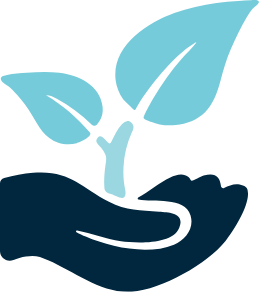Learning by
Nature
We're transforming schoolgrounds and empowering youth to learn about nature in nature.
Stay connected for the latest updates, event registrations, and get access to exclusive resources like our Learning by Nature student workbooks.
Your support helps create and protect opportunities for all Canadians to experience nature’s health benefits—now and for generations to come.
DonateThis map displays the growing network of BC schools engaged in the Learning by Nature program, and describes how students across culture and geography are leading school ground biodiversity enhancement projects.
Guided by the First Peoples Principles of Learning, the Learning by Nature program creates opportunities for youth to learn about climate change, biodiversity, the health benefits of nature, and positive actions they can take to protect their future and ours.
Spending time in nature has been shown to make kids kinder, healthier, and support future career success. By connecting youth to nature on their school ground Nature Parks, and real examples of conservation efforts, we are growing a culture of stewardship and building support for Indigenous protected areas.

Using a collective impact approach and working directly with school system leaders, we are providing opportunities for students to learn about nature, in nature.
Click on each pillar to learn more and get involved.
By 2030, we’re working to establish Learning by Nature at every school in BC. These spaces will include native plants, wildlife habitats, and spaces for outdoor learning. Plus, students will connect with real projects by the BC Conservation Fund through technology like wildlife cameras and biodiversity data, so they can learn how to take positive action to protect their future and ours.

Engage with collective
impact partners and
design program.

Launch school systems
leaders “Community
of Practice”.


Research collective
initiated and funding secured

Launch new
healthybynature.ca
website.

100 Student Climate and
Biodiversity Leadership
Grants distributed to
100 BC schools.


Second Annual Working
Together Gathering and
schools biodiversity
map launched.

Student Climate and
Biodiversity Leadership
Grants distributed to
First Nations schools.

First 5 Nature Parks
and planning with two
additional Provinces.

2026/27 School year -
20 Nature Parks at BC schools
and planning underway for
scale across Canada.

Kids who spend more time outdoors develop bigger brain areas linked to memory and attention.
A 20-minute walk in a park significantly improves the attention of kids with ADHD—rivalling the effects of stimulant meds.
Schools with more trees and greenery outside the classroom windows score higher on standardized tests and have better graduation rates.
When schools green their playgrounds, kids play more cooperatively, communicate better, and show less aggressive behavior.

Through our Community of Practice, students, teachers, and administrators share ideas, wins, and ways to overcome challenges—together.

By tracking biodiversity, learning outcomes, and health data, our research partners measure just how powerful outdoor learning really is.
Stay in the loop on our latest initiatives, opportunities, and inspiration to help you get healthy by nature.

